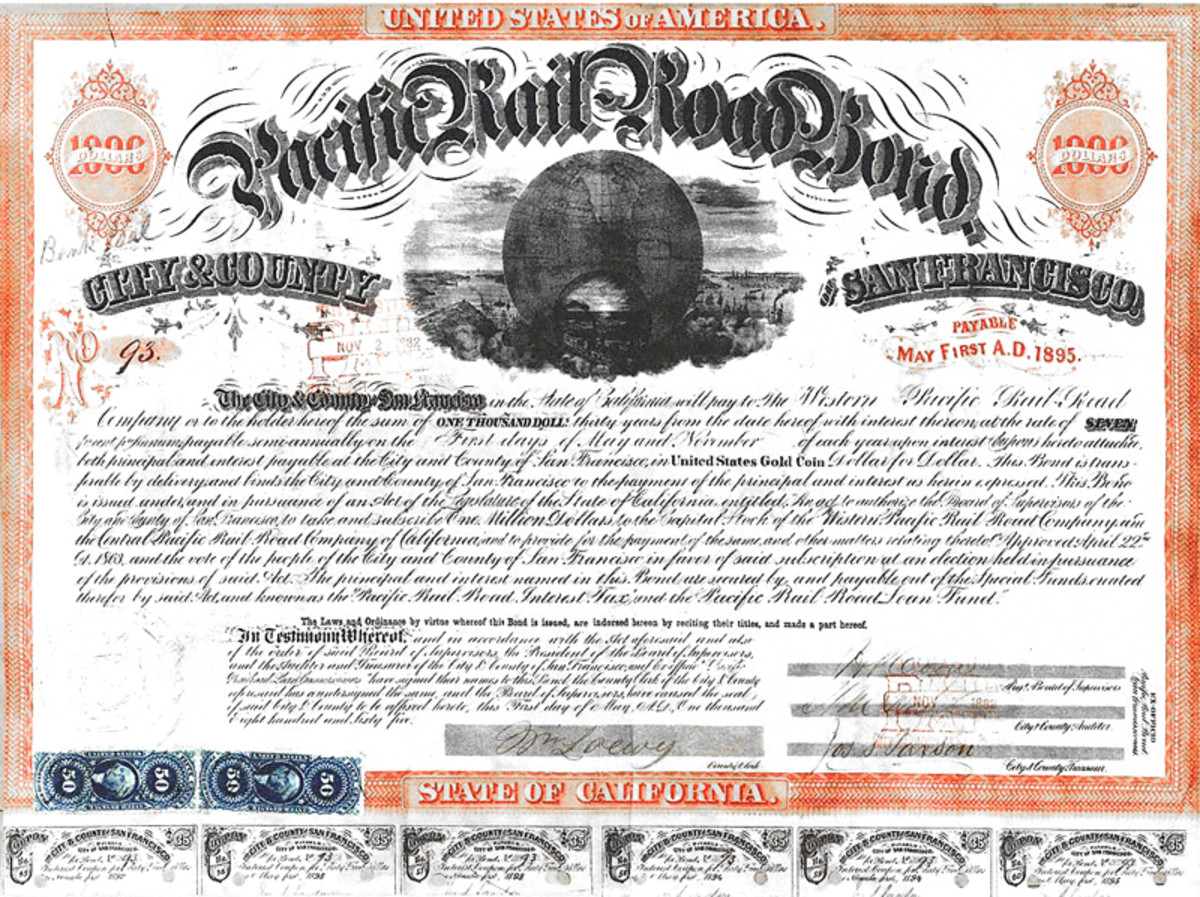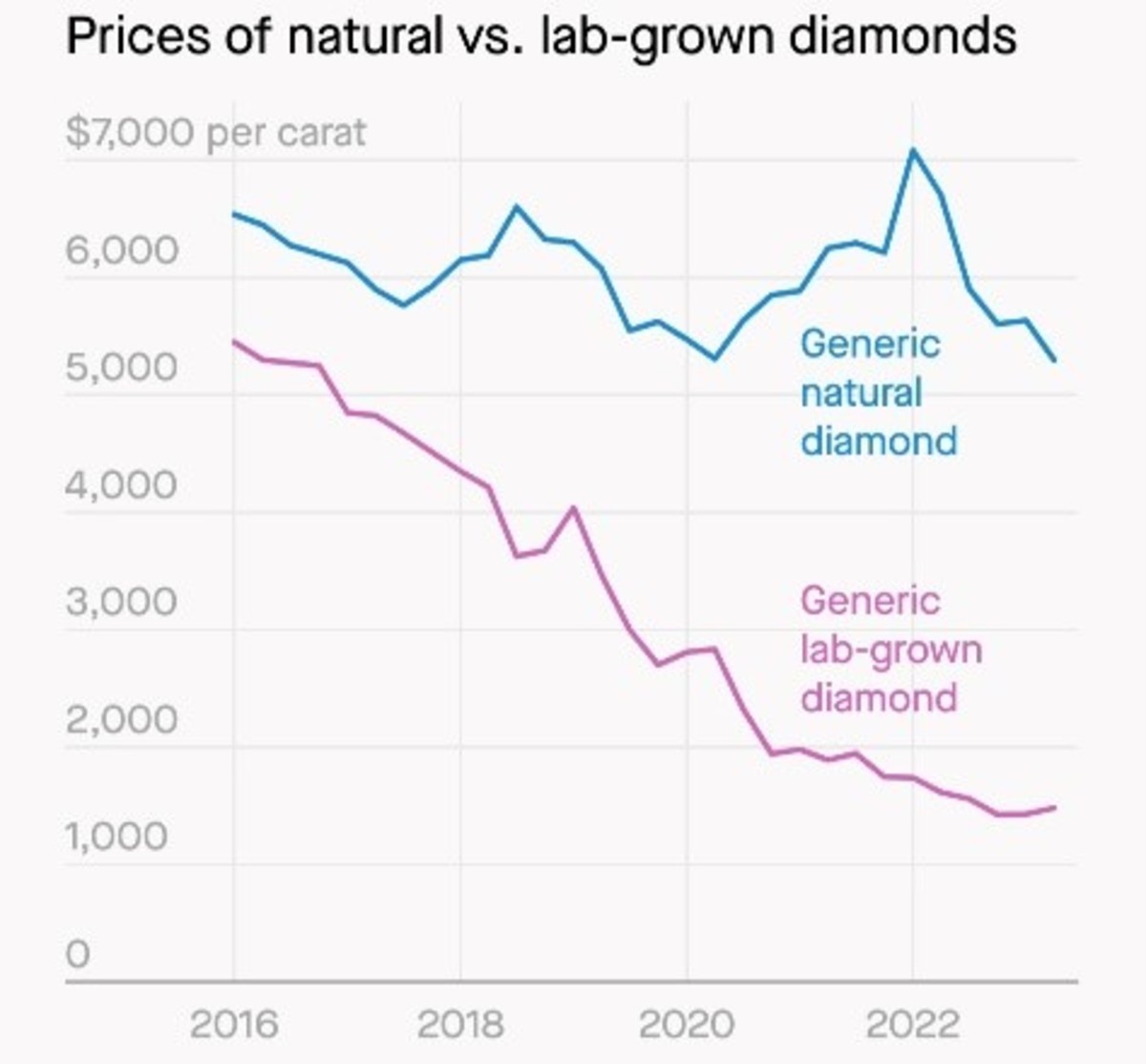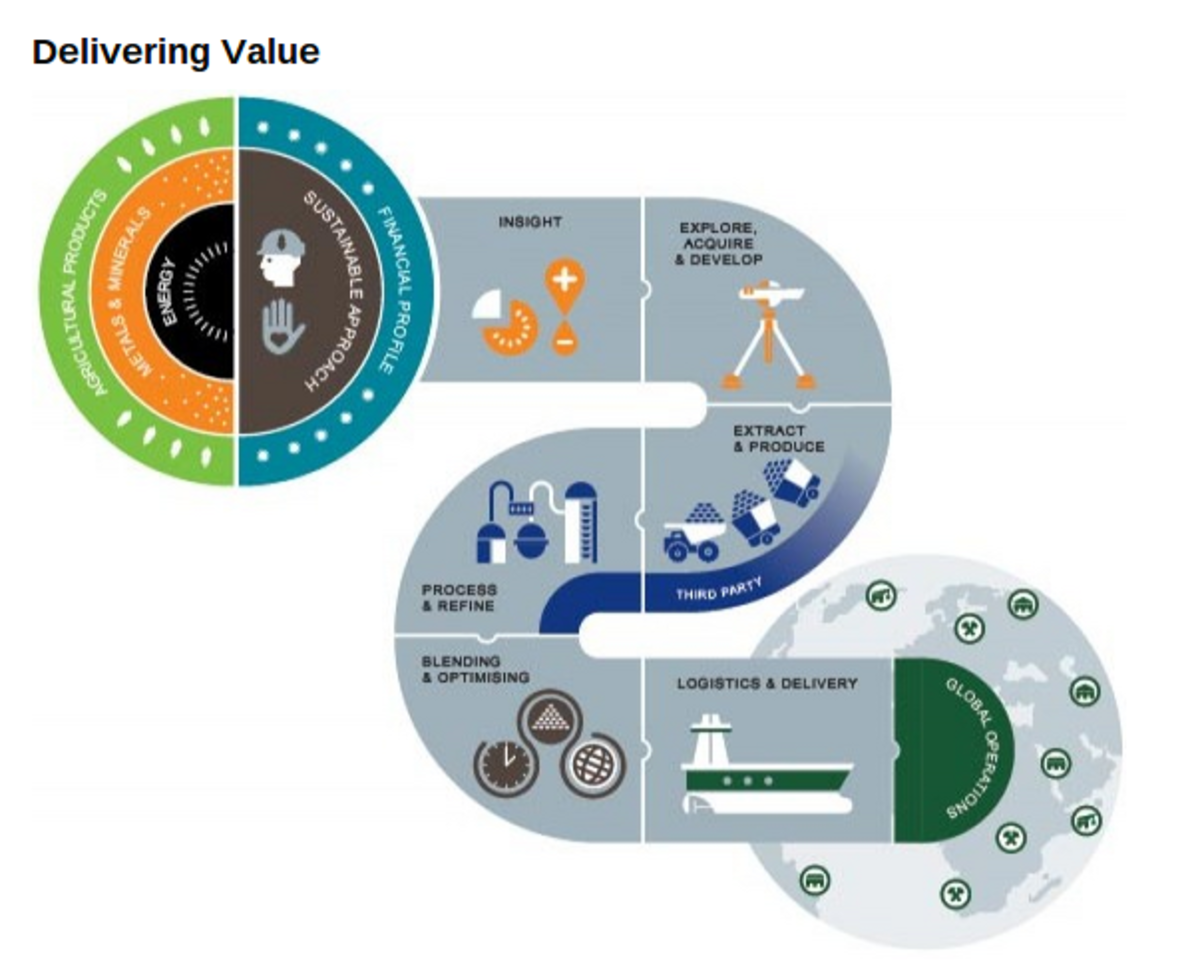When to Invest in Stocks
Stocks or Bonds
People who have invested in stocks have taken out over 27 billion dollars in stock funds. The bond funds have seen investors putting 592 billion dollars towards these investments. Bonds may yet be one of the best ways to invest in the foreseeable future.
The Federal Reserve has kept the rates low believing it will help ignite a better economy. When the federal reserve raises their rates, bonds will go down. In preparation for this, it might be a good idea to move part of your bond investments into stocks that pay dividends. Stocks are riskier than bonds, but stocks that pay dividends are safer than other types of stocks. The income from dividend paying stocks may be comparable to the yields from bonds.
Dividend paying stocks are a nice alternative in this market because they respond to a market on the rise. They are early indicators of an economy that is about to do better. As the economy improves, these stocks start to slowly raise their payouts.

Investments in Exchange Traded Funds
If you are staying invested in bonds, avoid high yield and long term maturities. When eventually the federal reserve raises its rates, these bonds will not offer you investment benefits. Diversification is one of the smartest investment tools you can use.
Spread your investments across a spectrum of fixed income assets and maturity time. It will be helpful to you to be invested in emerging market debt investments combined with high yielding bonds. Junk bonds have also been a good investment strategy when you realize their default rate has been significantly lower since the end of 2009. Moody’s investments predicts this rate will even go lower by the second half of 2009.
What Makes a Good Investment for You?
The rules that apply to purchases and sales of bonds are always changing. Bond prices increase when interest rates drop. Bond prices go lower when interest rates go up. While this seems fairly simple, nothing is this simple.
It is not always easy to tell which direction the interest rates are headed. Some indicators show that long term rates of interest may be going higher. The general consensus is taht the Federal Reserve will increase short term interest rates over several small phases this year. Should this occur, bond prices will decrease as a reaction of moving the opposite direction of the interest rates. Some people buy bonds and hold onto them for the long term.
If you are one of those long term purchasers should you buy more long term bonds at this time? Should you buy now because the treasury yield is a decent 4.56%, or should you be wary of a long term commitment with the bonds? There are experts that would argue on both sides of this decision. The majority of experts are saying that interest rates will be on the rise slowly in the near future. Investing in long maturing bonds, therefore, may not be the best investment at this time.
Develop an Investment Philosophy that Fits You
As the economy begins to improve, high grade corporate bonds may be worth researching. Municipal bonds are also a nice alternative to consider as the economic climate improves. If the economy grows even modestly, stock market investing will also start to look more attractive.
Strong corporations who have a long and good standing record of paying dividends may be a good early investment. When you look at the history of the stock market, equity investing had been the best choice in virtually every ten year time period, in recent history. Although, the caveat is always, history is no guarantee of future results.
While we consider the many choices, it is wise to keep in mind that any investment portfolio is best to include a mixture of bonds and stocks. There a many variables that you include your risk tolerance. The older you are, the less concern you need to have long term results. Younger people who invest currently have the time to adjust their investment mix and learn a philosophy that fits them.








